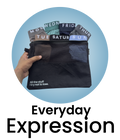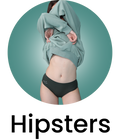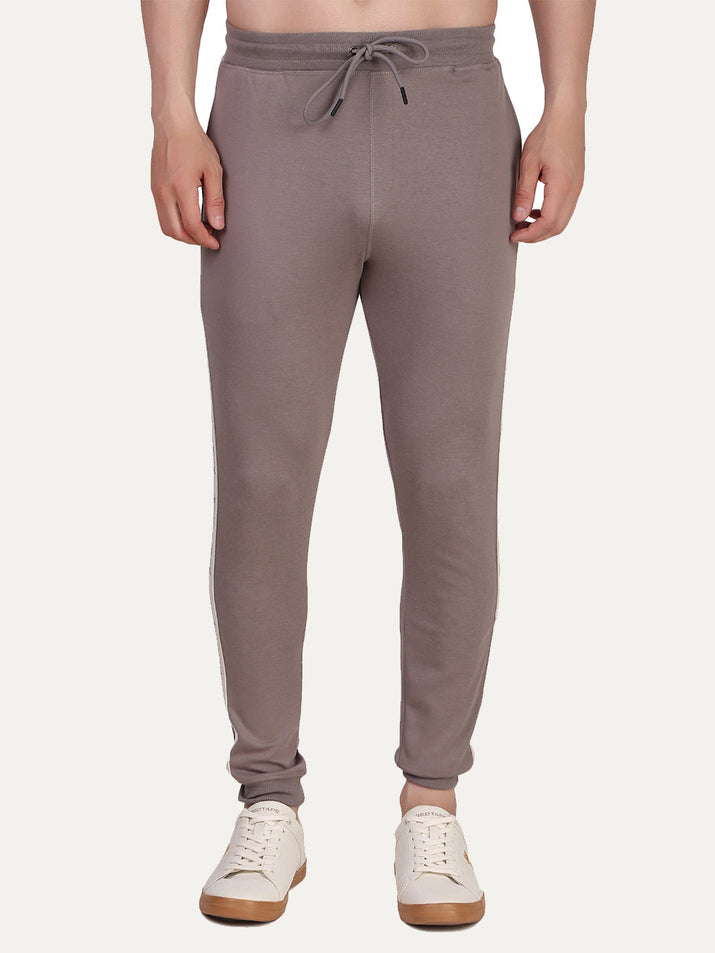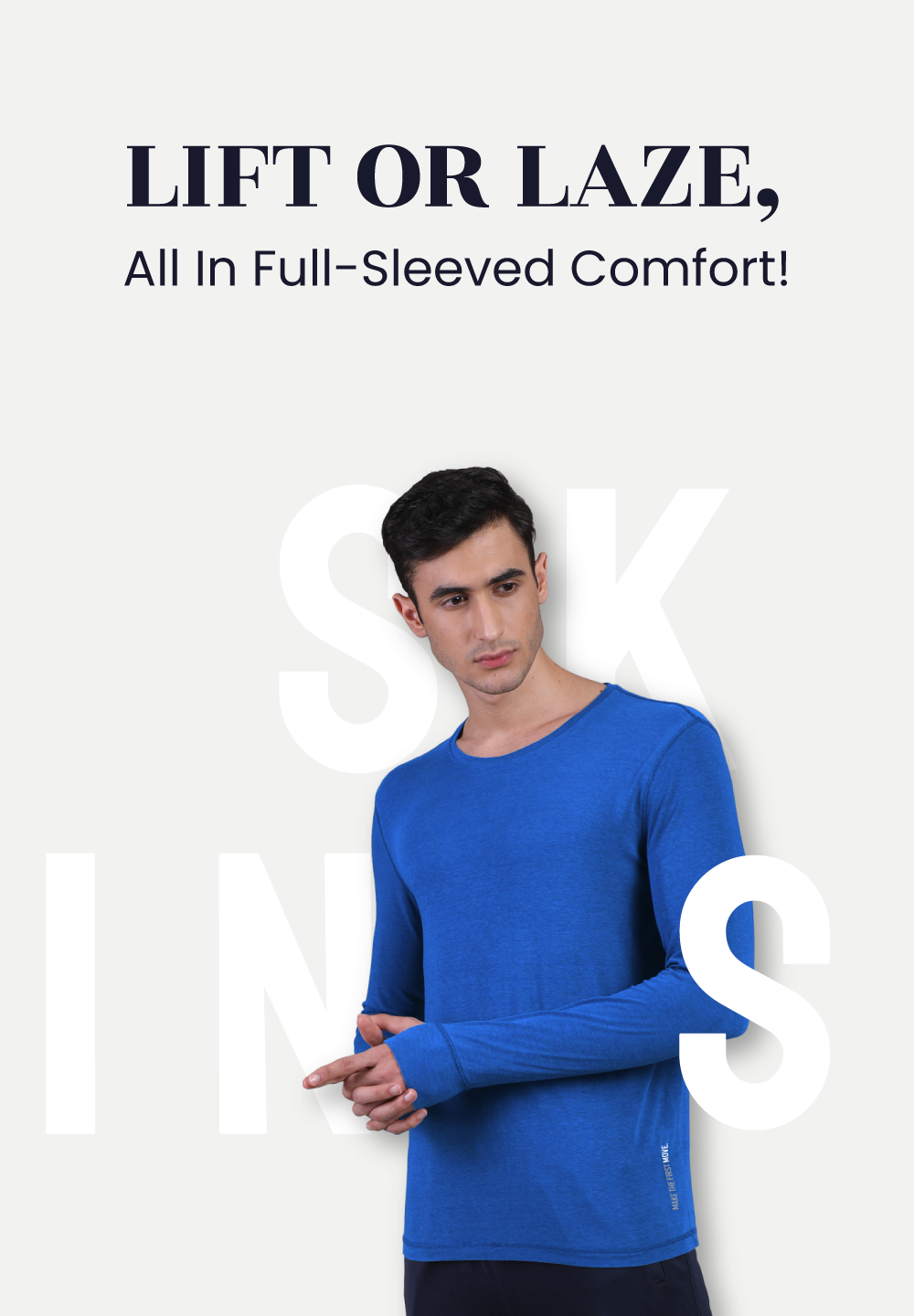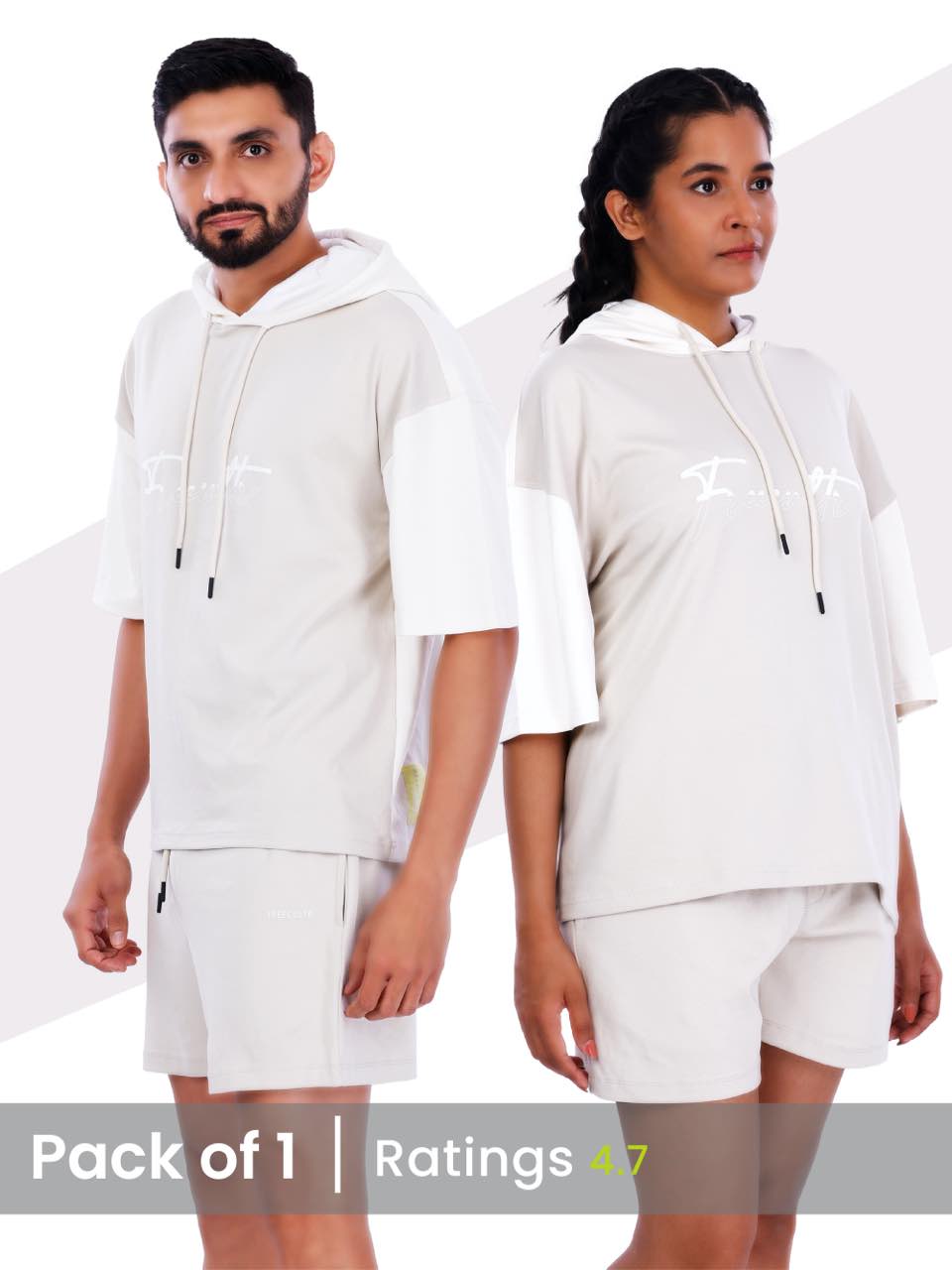Athleisure wear is no longer a trend; it's a lifestyle. Joggers are leading the charge. Traditional sweatpants lacked the versatility needed for modern life, so designers evolved them. We're seeing a surge in demand for joggers that seamlessly blend comfort and style, driven by innovations in performance fabrics and a desire for multi-functional apparel. This exploration delves into the construction of flexible-fit joggers, analyzing the impact of features like articulated knees and gusseted crotches on freedom of movement. Discover how modern design elements such as tapered legs and minimalist pockets contribute to a streamlined silhouette that’s equally at home in the gym or at a casual meeting.

Understanding the Jogger Phenomenon
Joggers have transcended their athletic origins to become a staple in modern wardrobes. Their appeal lies in their blend of comfort, style. Versatility. But what exactly defines a jogger. What makes it different from other types of pants?
At its core, a jogger is a lightweight pair of pants designed for comfort and ease of movement. Key characteristics include:
- Elastic Waistband
- Provides a comfortable and adjustable fit.
- Drawstring
- Allows for further customization of the waist fit.
- Elastic Ankle Cuffs
- A defining feature, creating a tapered silhouette and preventing the pants from dragging.
- Lightweight Fabric
- Typically made from materials like cotton, polyester, or blends, prioritizing breathability and comfort.
The evolution of joggers has seen the introduction of various materials and designs, expanding their use beyond athletic activities into casual and even semi-formal settings.
Fabric Choices: The Key to Comfort and Performance
The fabric used in joggers significantly impacts their comfort, durability. Suitability for different activities. Here's a look at some common materials:
- Cotton
- A classic choice, known for its softness and breathability. Cotton joggers are ideal for lounging and everyday wear. But, they may not be the best option for high-intensity workouts due to their tendency to absorb moisture.
- Polyester
- A synthetic fabric that is durable, wrinkle-resistant. Quick-drying. Polyester joggers are a good choice for athletic activities and travel.
- Polyester Blends (e. G. , Cotton-Polyester)
- Combine the benefits of both cotton and polyester. These blends offer comfort, breathability. Improved durability compared to pure cotton.
- Spandex/Elastane
- Often added to fabrics to provide stretch and flexibility. Joggers with a small percentage of spandex offer enhanced freedom of movement.
- Technical Fabrics
- Advanced materials designed for specific performance characteristics, such as moisture-wicking, odor control. UV protection. These are commonly found in high-end athletic joggers.
The choice of fabric depends on the intended use of the joggers. For lounging at home, cotton or a soft cotton blend is ideal. For workouts, a polyester or technical fabric is a better choice.
Design Elements: From Functionality to Fashion
Beyond the basic features of an elastic waistband and ankle cuffs, joggers offer a range of design elements that contribute to their overall style and functionality.
- Pockets
- Essential for carrying essentials like phones, wallets. Keys. Joggers often feature side pockets, back pockets. Sometimes zippered pockets for added security.
- Seams and Stitching
- The construction of the seams can affect the comfort and durability of the joggers. Flatlock seams, for example, minimize chafing.
- Logos and Branding
- Subtle logos or branding elements can add a touch of style.
- Color and Prints
- Joggers are available in a wide range of colors and prints, from classic neutrals to bold patterns.
- Fit
- Joggers come in various fits, including slim fit, relaxed fit. Tapered fit. The choice of fit depends on personal preference and the intended use of the joggers.
The design elements of joggers allow for a wide range of styles, making them suitable for various occasions.
Joggers vs. Sweatpants: What's the Difference?
While often used interchangeably, joggers and sweatpants have distinct characteristics. Here's a comparison:
| Feature | Joggers | Sweatpants |
|---|---|---|
| Ankle Cuffs | Elasticated, tapered | Often open hem or loose elastic |
| Fit | Generally more fitted and tapered | Typically looser and more relaxed |
| Fabric | Can be made from various materials, including lightweight cotton blends and technical fabrics | Typically made from heavier cotton or fleece |
| Style | More versatile; can be dressed up or down | Primarily for casual wear and athletic activities |
The key difference lies in the ankle cuffs. Joggers have elasticated, tapered cuffs, while sweatpants often have open hems or looser elastic. This difference in design contributes to the more streamlined and versatile style of joggers.
Styling Joggers: From Casual to Semi-Formal
The versatility of joggers allows for a wide range of styling options. Here are some ideas:
- Casual
- Pair joggers with a t-shirt and sneakers for a comfortable and relaxed look.
- Athletic
- Wear joggers with a performance top and running shoes for workouts or outdoor activities.
- Smart Casual
- Dress up joggers with a button-down shirt, a blazer. Loafers or dress shoes. Choose a darker color like black or navy for a more sophisticated look.
- Layering
- Add a hoodie or jacket for extra warmth and style.
Consider the fabric and color of the joggers when styling them. Darker colors and more refined fabrics (e. G. , merino wool blends) are suitable for dressier occasions.
For example, Freecultr offers a variety of options that could be styled in many different ways.
Real-World Applications and Use Cases
Joggers have found applications in various settings:
- Athletic Wear
- Ideal for running, training. Other sports activities.
- Loungewear
- Perfect for relaxing at home.
- Travel
- Comfortable and practical for long flights and road trips.
- Casual Work Environments
- Some workplaces allow joggers as part of a smart casual dress code.
- Streetwear Fashion
- A popular choice for creating stylish and comfortable streetwear outfits.
The adaptability of joggers has contributed to their widespread adoption across different lifestyles and activities.
Conclusion
We've explored the world of joggers, diving into their flexible fit and modern design. Now, it’s time to take action and make these insights work for you. Think of joggers not just as casual wear. As a versatile canvas for expressing your personal style.
The Implementation Guide: Start by assessing your current wardrobe. What pieces can you pair with joggers to create different looks? Experiment with textures and colors. Don't be afraid to step outside your comfort zone and try new combinations. For practical tips, consider the occasion. For a relaxed weekend, pair your joggers with a simple tee and sneakers. For a more elevated look, try a button-down shirt and loafers. Action items include identifying at least three distinct outfits you can create with your current joggers or investing in a new pair with a unique color or design. Remember, the key to success is confidence. Wear your joggers with pride. You'll always look and feel your best. Success can be measured by the number of compliments you receive and, more importantly, by the level of comfort and confidence you experience.
FAQs
So, what exactly is a flexible fit jogger?
Good question! , it means they're designed to move with you. Think comfortable waistband (maybe elastic, maybe drawstring, often both!) , a bit of room through the hip and thigh. Then a tapered leg. Not super tight, not baggy, just…right!
What makes these 'modern' design, as opposed to, you know, just regular old sweats?
Ah, the key is in the details! Modern joggers often have slimmer silhouettes, better quality fabrics (think performance blends, not just basic cotton). Design elements like subtle stitching, interesting pocket placement, or maybe even a cool texture. They're styled up, not just for lounging.
Can I actually wear these to, like, work?
That totally depends on your workplace! If you've got a casual office vibe, then absolutely, paired with a nice button-down or a smart sweater. If you're in a super formal environment… maybe not. Use your best judgment!
What kind of shoes go best with flexible fit joggers?
You've got options! Sneakers are a classic, of course (think clean, modern styles). But you can also rock them with loafers or even chukka boots for a slightly dressier look. Just avoid anything too bulky or clunky.
Are they good for working out?
Yep, many are! Look for fabrics designed for performance – moisture-wicking, breathable. Maybe even a little stretchy. Just make sure the fit isn't too loose or they might get in your way.
Okay. What about washing them? Anything special I need to know?
Read the label, always! But generally, washing them inside out on a gentle cycle with similar colors is a safe bet. Avoid harsh detergents and high heat when drying to keep them looking their best.
What materials are these usually made out of?
You'll find a ton of variety. Cotton blends (cotton with polyester or elastane) are common, offering comfort and stretch. You might also see performance fabrics like nylon or spandex, especially in joggers designed for workouts. Some even use more luxurious materials like merino wool for added warmth and softness.

